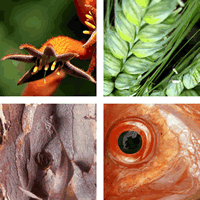The full report can be accessed from the link to the right.
Background
Skeleton weed (Chondrilla juncea L.) is a weed of pastures, crops and the natural environment. It is reported to reduce grain crop yields by competing for moisture and nutrients, primarily due to its deep perennial root system. It is also reported to interfere with harvesting because of its wiry, green stems. In Western Australia (WA) skeleton weed is a declared pest under the Biosecurity and Agriculture Management Act 2007. This means that landholders are required to report and control the weed on their property.
Coordinated programs targeting skeleton weed have been in place in WA since 1974. The Grains, Seeds and Hay Industry Funding Scheme (IFS) has been funding a Skeleton Weed Program since the scheme's inception in 2010 to help affected landholders manage the weed. This review was commissioned by the Grains, Seeds and Hay IFS Management Committee (the Committee) to gain insight to the effectiveness, efficiency and appropriateness of the Skeleton Weed Program and help the Committee make informed decisions on the level of industry investment toward skeleton weed.
The review involved a comprehensive review of the national and international literature and analysis of the skeleton weed database. This was augmented by benefit-cost analyses and targeted one-on-one discussions with key informants. Key stakeholder organisations were then consulted to build on the initial findings and identify the perceptions and attitudes amongst the WA grain/seed/hay industry with regard to the Skeleton Weed Program.

